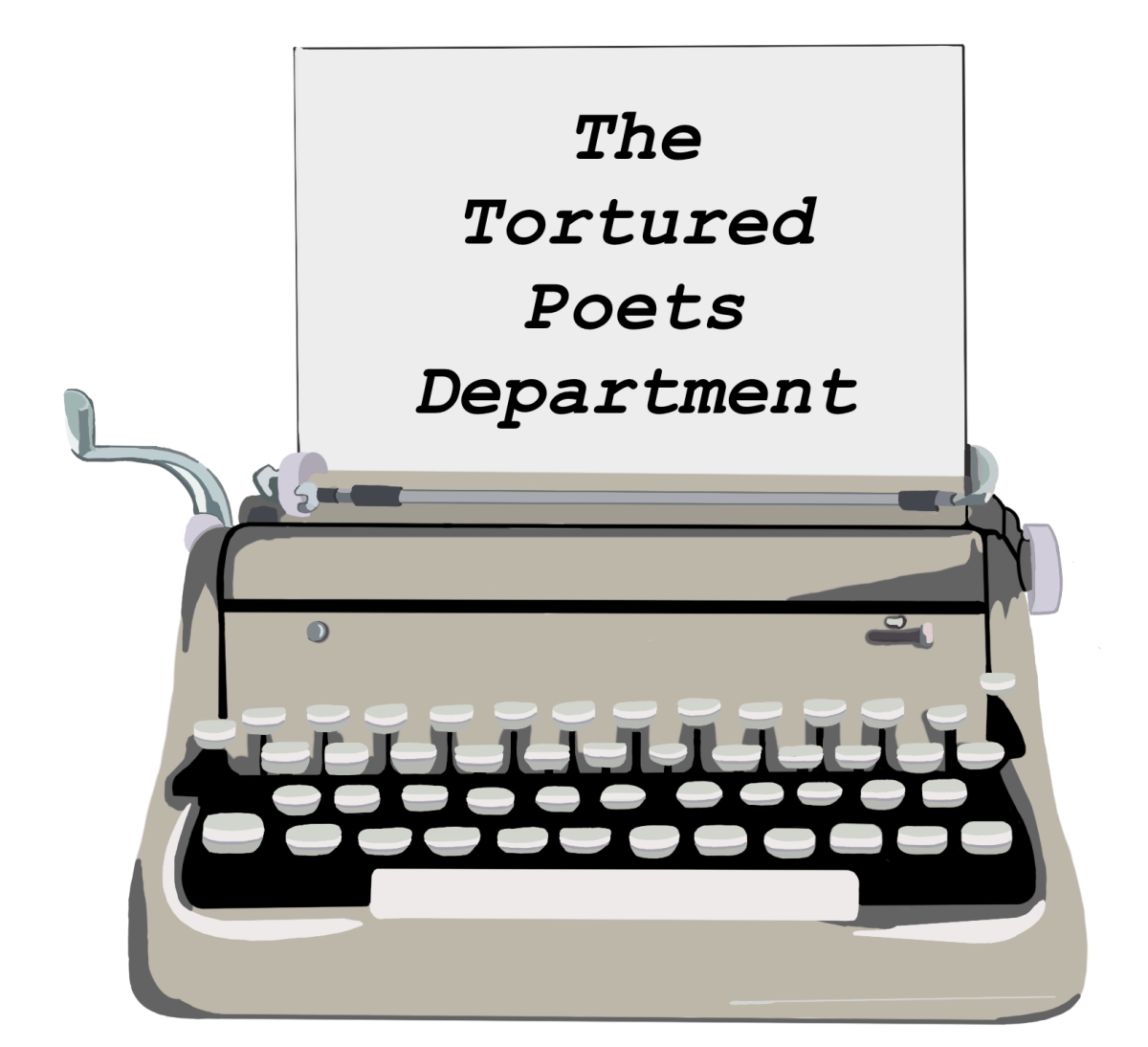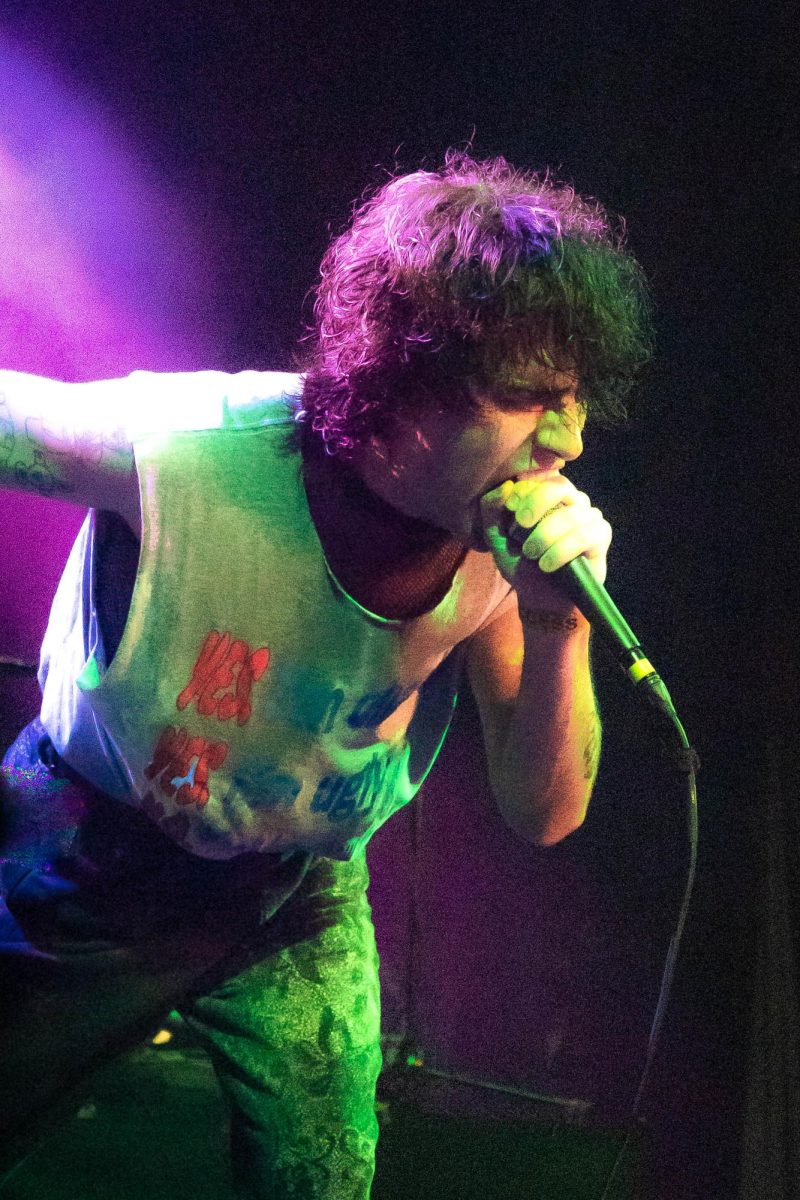“As you grow up in Mexico City, everything is about the muralists; you are in their art. All the walls are completely filled with murals. So, in a way, it felt natural to pay tribute to one of the people who founded what Mexico City is,” said Azul, singer/songwriter-in-residence at Esperanza Peace and Justice Center.
Each month, Azul hosts “Noche Azul de Esperanza,” which focuses on rancheras, folklore or Afro-Latin themes. While showcasing multimedia presentations on the theme, “Noche Azul” has a musical lineup that corresponds with the selected theme.
The theme selected for April 15 was the life and legacy of Diego Rivera. “Noche Azul” presented performances on surrealism, social realism, revolution and identity. The musical lineup on April 15 was presented by Azul as lead singer and guitarist, Aaron Prado on keyboard, George Prado on double bass and Nina Rodriguez as percussion.
The multimedia presentations showcased Rivera’s life and how he became an icon for the everyday man in the Mexican Revolution. Rivera started drawing and painting at the age of three, one year after his twin brother’s death. After studying abroad in his early years, Rivera went back home to Mexico.
Upon his return, Rivera believed painting murals on the walls of public buildings made art accessible to the everyday man. His murals told stories that dealt with Mexican society and often alluded to the revolution of 1910. The murals featured large forms, bright colors and recurring images of farmers, laborers, popular Mexican figures and depictions of earth. Fresco is a technique of mural painting executed upon freshly laid or wet lime plaster and was Rivera’s preferred medium.
As a member of the Mexican Communist party, Rivera railed against capitalism, the established elite and the Catholic Church in his work. He was a controversial figure, and in Mexico, some of his murals were hidden or removed because of their contentious themes. Between 1929 and 1954, Rivera was married to renowned Mexican artist Frida Kahlo. Together, they were heavily involved in political protests and workers’ groups. Rivera died in 1957 at the age of 70 due to heart failure.
To emphasize the time period, Azul and the guest artists who were previously mentioned, performed songs that were popular in this time frame. The dimly lit café was filled with San Antonians who were laughing and singing along to “La Cucaracha,” a traditional Spanish language folk song. It is very popular in Mexico and was especially so during the Mexican Revolution.
“Most songs performed tonight were about the new born identity, before the Mexican revolution and after the revolution. ‘La Cucaracha’ was born to bring back nationalism and mestizo music,” said Azul.
The Esperanza Peace and Justice Center is the venue where “Noche Azul” graces the stage. Esperanza was founded in 1987 by a group of mostly Chicana activists hoping to bring together diverse movements for peace and justice in San Antonio and around the world. In the early years, Esperanza was involved with caravans travelling to Central America, demonstrations against the KKK, mural projects that engaged children as artists and the first art exhibit in Texas to focus on the queer community and the AIDS crisis. Esperanza continues to be a politically progressive, outspoken and unwavering force for justice in San Antonio and beyond. To see more info about “Noche Azul” or Esperanza go to esperanzacenter.org.











